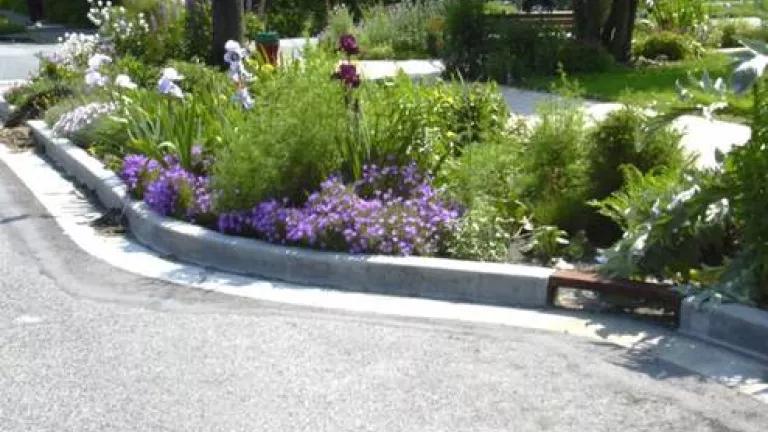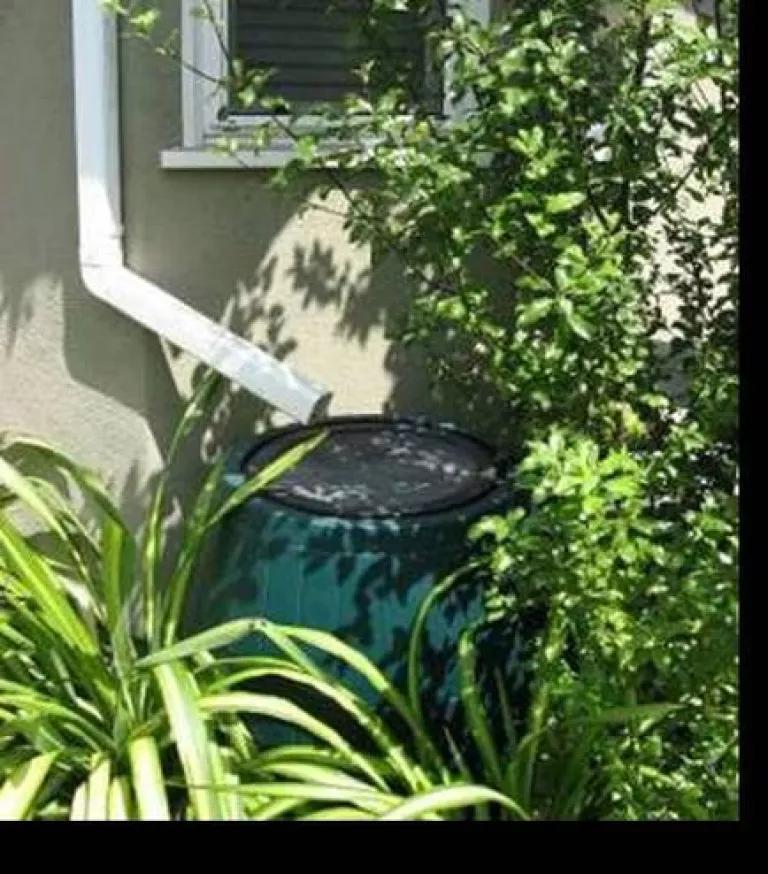Managing Stormwater and Making People Nicer: All in a Day’s Work for Green Infrastructure

Ever think that it's a waste for all the fresh water falling as rain to be swept immediately away to the ocean and other water bodies, becoming polluted and unusable along the way - all while parts of the country struggle with drought? Well, in California - where they are in their third dry year - the state legislature is of like mind. They recently passed a bill that will try to change the way California communities think about stormwater, encouraging them to consider it as a resource rather than as waste.
As described in the Los Angeles Times, this new law - the Stormwater Resource Planning Act - allows California municipalities to use funds for projects "that reduce or reuse stormwater, recharge the groundwater supply, create green spaces and enhance wildlife habitats."
Hopefully, the projects that get funded will use green infrastructure and low-impact development (LID) techniques to make those goals a reality. Green infrastructure and LID are development practices that address the stormwater problem "at the source" by restoring some of the natural hydrologic functions of areas that have been developed.
In practice, using these techniques often means creating vegetated areas like parks and rain gardens, installing "green roofs" on buildings, or using permeable pavement in parking lots and roads. All of these practices capture and treat stormwater at the location where it's created, before it has the opportunity to get swept away into sewers and far from the urban dwellers who need it. Instead, it seeps through the soil into aquifers for people to use, getting naturally filtered and cleansed as it goes. Or, it can be kept in rain barrels and cisterns on-site for people to reuse right away.

NRDC is a big proponent of green infrastructure and LID approaches. Our Rooftops to Rivers report sang the praises of green stormwater management strategies back in 2006, and just this past summer NRDC recommended LID as a solution for thirsty California cities.
Why do we like this approach so much? In addition to treating stormwater naturally and effectively and providing a source of extra water for communities in need, green infrastructure and LID techniques provide a ton of other environmental benefits, like improved air quality, a decrease in the urban heat island effect, and better urban aesthetics. Plus, a new study shows that looking at natural environments - like the ones created in cities when green infrastructure is used - makes people nicer!
With benefits like that, let's hope that other states around the country also recognize green infrastructure as a great way to manage stormwater - and become a happier place to live at the same time.
